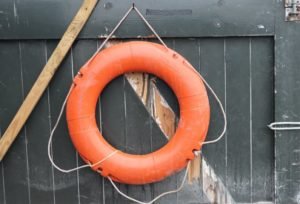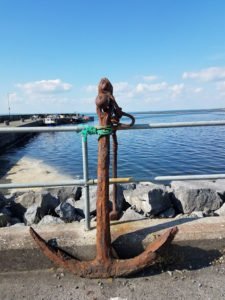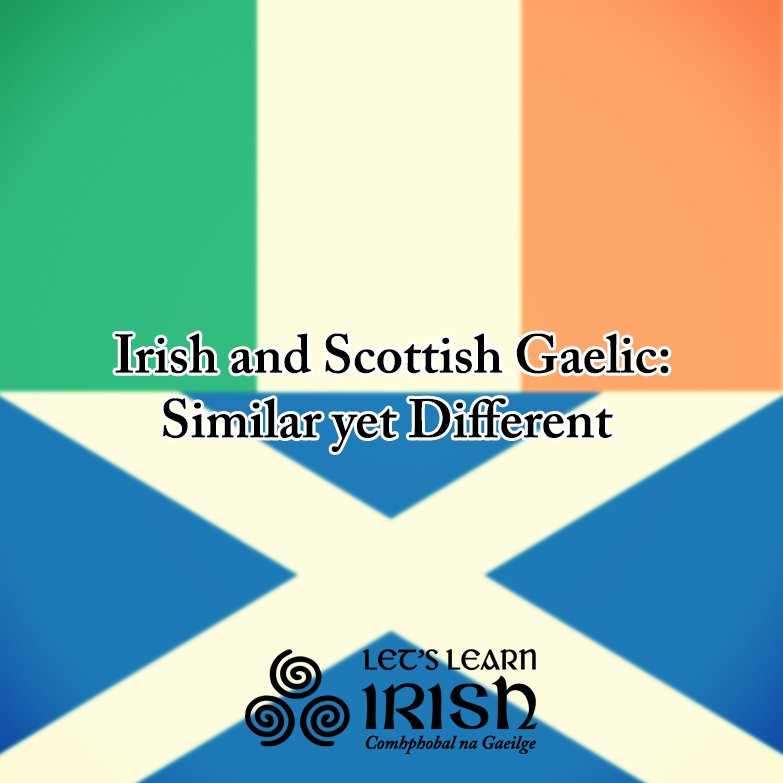Irish is my Lifeboat, a Meditative Practice

Seven weeks into Online Irish courses. I’ve posted about starting to learn Irish online, and my experiences as I attend an Irish language singing class. But now…it’s month #15,237 of Covid lockdown?–feels like that anyway. Late Wednesday evening, and I’m sitting at my desk writing this blog, an attempt at a virtual oíche comhrá, perhaps? My late night ramble across the page and through Gaeilge. Is ragaire mé. An bhfuil tú i do ragaire, freisin? My questions are an attempt to approximate the easy give and take of conversation as if we are cozied up in a snug, chatting about the week, work, music, friends, and family…

These past few weeks, my twice-weekly Online Irish courses (A1 Irish language and Amhráin na Gaeilge) with my múinteoirí (teachers) have been my báid tarrthála, my lifeboats, even if occasionally (or usually) I’m treading water. My múinteoirí (teachers) are patient—I am no sleek maighdean mhara (a selkie) slipping in and out of her Béarla agus Gaeilge skins depending on terrestrial or aquatic conditions. And I make no grand claim to fluency…yet. Maybe in twenty years?… fifty? Okay, okay, my best hope when my days on this earth are done (not rushing them, mind you)? Someone might, in generous kindness, eulogize, “Rinne sí iarracht.” Here in rural middle Georgia? That same someone might add, “Bless her heart,” an acknowledgment of my earnest if naïve bravado and efforts.
 Sea, Gaeilge mar bhád tarrthála i dtréimhse neamhchinnte i Meiriceá. These bi-weekly Irish classes provide end-of-day refuge and a kind of active meditation practice. Though I sit in front of my computer screen bathed in its artificial blue light, I imagine myself a medieval monk studying by candlelight in my Ceann Sléibhe clochán (7thc version snug?) on the Dingle Peninsula. As I move through Gaeilge’s grammar maze and beginning comhrá with my A1 cohort, I walk a labyrinth, a circuitous path–no dead ends, just blessed revelations as I find my way to the center of this language. Admittedly, I am still inching along the labyrinth’s perimeter.
Sea, Gaeilge mar bhád tarrthála i dtréimhse neamhchinnte i Meiriceá. These bi-weekly Irish classes provide end-of-day refuge and a kind of active meditation practice. Though I sit in front of my computer screen bathed in its artificial blue light, I imagine myself a medieval monk studying by candlelight in my Ceann Sléibhe clochán (7thc version snug?) on the Dingle Peninsula. As I move through Gaeilge’s grammar maze and beginning comhrá with my A1 cohort, I walk a labyrinth, a circuitous path–no dead ends, just blessed revelations as I find my way to the center of this language. Admittedly, I am still inching along the labyrinth’s perimeter.
For instance: in this week’s A1 class, we learned that bean, “woman,” is one of the few (maybe only?), irregular noun in Irish and has three forms – bean, mná, and ban (the genitive plural used when counting women, i.e., ‘ochtar ban’). Other forms not in the modern standard include ‘mnaoi’ (dative singular) and ‘mnáibh’ (dative plural). Múinteoir Quinton explained that as far as he was aware, mná is the descendant of the same word in Old Irish as bean, just a different grammatical form: “Because of the importance of the word ‘bean’ and how common it is, both of these forms continued to develop into Modern Irish and ended up being vastly different from one another. With a less important or less common word we would expect modern forms to stay similar to each other and change together, but bean, as far as I can tell, was a special case.”
 A special case! Ahh, happy labyrinth. Bean. Woman. Mná. Women. I’d hoped, in my prejudicial etymological analysis, that the irregularity was because a woman is, indeed, a singularly special shapeshifter (maighdean mhara), and that women, as a collective force, require a special collective (mná)–like crows (a murder), bees (a swarm), or jaguars (a shadow). Stepping forward into Google’s labyrinth? I learned that bean descends from the Proto-Celtic benâ, and mná from benâ’s genitive form–bnâs. So in 1300 BC, perhaps woman and women were more similar in sound, though always and across all millennia we are special cases, indeed (insert: wink and a nod).
A special case! Ahh, happy labyrinth. Bean. Woman. Mná. Women. I’d hoped, in my prejudicial etymological analysis, that the irregularity was because a woman is, indeed, a singularly special shapeshifter (maighdean mhara), and that women, as a collective force, require a special collective (mná)–like crows (a murder), bees (a swarm), or jaguars (a shadow). Stepping forward into Google’s labyrinth? I learned that bean descends from the Proto-Celtic benâ, and mná from benâ’s genitive form–bnâs. So in 1300 BC, perhaps woman and women were more similar in sound, though always and across all millennia we are special cases, indeed (insert: wink and a nod).
I’ll close this night’s comhrá in imagined conversation with the Irish poet Eavan Boland who died in April 2020. Her work often focuses on the role of women in Irish history. Bean fhile. Mná Éireannacha. In A Journey with Two Maps: Becoming a Woman Poet, she writes,“Poetry begins where language starts: in the shadows and accidents of one person’s life.” I love Boland’s double-helixed understanding: that poetry and language are a miraculous and conjoined birth. We create a syllabled sound-song in our beginning efforts to call out to the world and to each other, from the shadows and by accident: Is mise agus tusa. Join me next time, as I ponder my Irish learning journey over the Thanksgiving break.
Join the online Irish community for cúrsaí, comhrá & ceardlanna, and follow along on social media @LetsLearnIrish – beidh fáilte romhat!






Níor chuimhnigh mé ar an nGaeilge mar sin riamh. Is dóigh go bhfeicfidh daoine difriúla taobhanna éagsúla bhád an tsaoil. Thaitin sé liom ar aon chaoi, an rud atá scríofa agat, agus tugann sé ábhar dom le bheith ag smaoineamh air. Tug aire duit féin, agus bíodh Nollaig mhór mhaith agat.